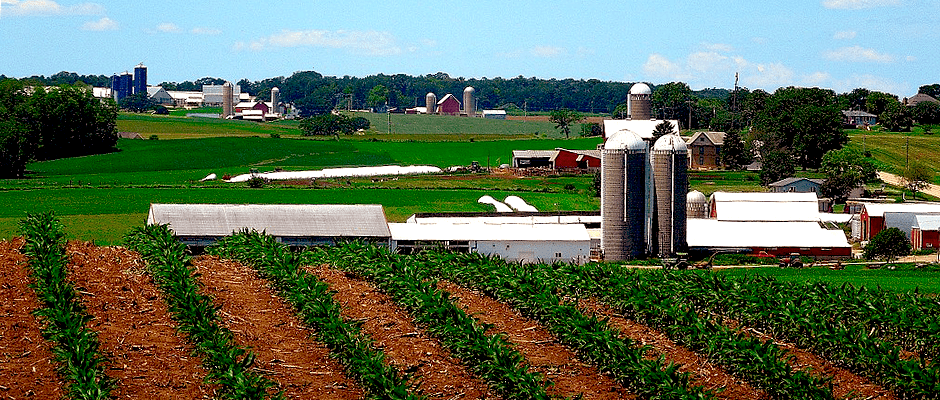Share this article
Debate begins on 2018 Farm Bill
Debate has begun on the 2018 Farm Bill, which aims to reauthorize a variety of commodity, nutrition, forestry and conservation programs under the U.S. Department of Agriculture until 2023.
The 641-page bill, (H.R. 2), was introduced to the House Agriculture Committee on April 12, and debate formally began at a markup hearing on April 18.
Title II of the Farm Bill authorizes critical conservation programs through the USDA’s Farm Service Agency and Natural Resources Conservation Service, including the Conservation Reserve Program, the Agricultural Conservation Easement Program and the Environmental Quality Incentives Program. The bill proposes significant changes to some of these programs, resulting in overall cuts to conservation funding over the next decade, according to the Congressional Budget Office.
Most of the debate on H.R. 2 has centered on the Supplemental Nutrition Assistance Program, but conservation programs were also mentioned before the committee passed H.R. 2 with 26-20 vote along party lines, sending the bill to the House floor. Republican committee members introduced amendments relating to rural energy development and commodity subsidies. House Democrats offered no amendments during the hearing.
“This is a flawed bill that is the result of a bad and non-transparent process,” said ranking member Collin Peterson, D-Minnesota. “I oppose it and urge my colleagues on the committee to oppose it as well.”
This bill would increase authorizations for the Conservation Reserve Program annually by 1 million acres, increasing its current 24 million-acre cap to 29 million by 2023. The bill would lower the rent paid to farmers to 80 percent of the county average where land is being enrolled, rather than the current full rate, and it would reduce cost sharing from 50 percent to 40 percent. Some grazing rights would be established, as long as they “contribute to the health and vigor of the established cover” and are only done once every three years.
Section 2801 of the bill would eliminate the Conservation Stewardship Program, the largest conservation program currently authorized under the Farm Bill. Certain elements of CSP as well as the lands currently enrolled in it would be integrated into EQIP for the remainder of the contracted period, but no new lands could be leased under CSP. Seventy-two million acres are enrolled in this program, which supports voluntary conservation and sustainable practices on private lands.
“The elimination of CSP means fewer options for voluntary conservation, more pollution and less resilient farms and ranches,” the National Sustainable Agriculture Coalition said in a press release.
The Environmental Quality Incentive Program would see a rise in authorized funding by $1 billion over the next five years, of which 5 percent must be used to benefit wildlife habitat. This program provides technical advice for farmers through conservation plans consistent with best practices for the soil, air and water impacted by agriculture.
Under H.R. 2, the Agricultural Conservation Easement Program would be reauthorized for $500 million annually. Although this program would be maintained, some land eligibility requirements and easement mandates would be altered. In general, this would increase the scope of landscape types that would be eligible for an easement under this program.
In addition to these programs, H.R. 2 would also mandate APHIS and NRCS establish pilot projects to control and eradicate feral swine with the authorization of $100 million in mandatory funds. This funding would be split between the two agencies to develop novel management strategies for this invasive species.
The Wildlife Society advocates on behalf of conservation programs in the 2018 farm bill, and has endorsed the recommendations of the Association of Fish and Wildlife Agencies.
Read TWS’ Technical Review on Fish and Wildlife Response to Farm Bill Conservation Practices.
Header Image: Lawmakers aim to pass the Farm Bill by October 2018. ©Corey Coyle








